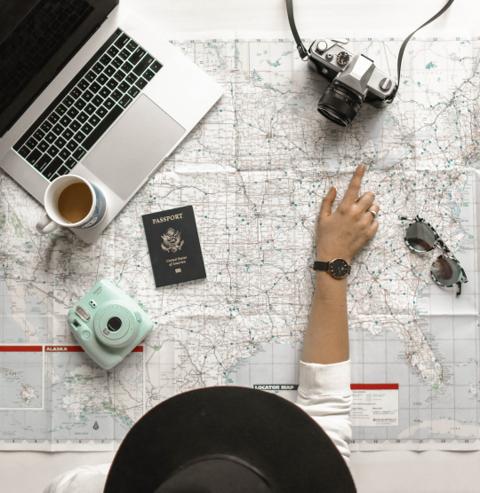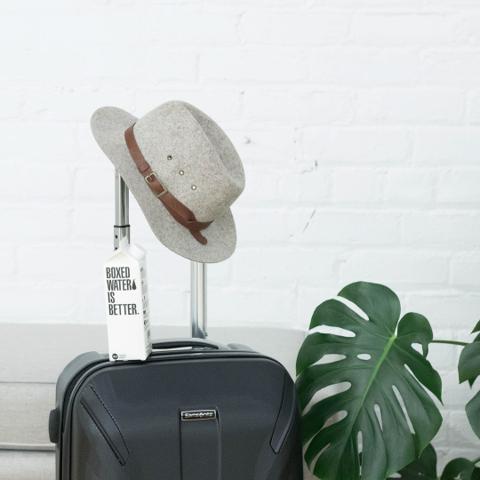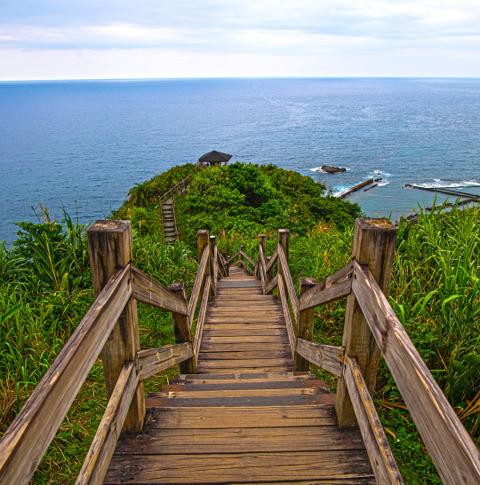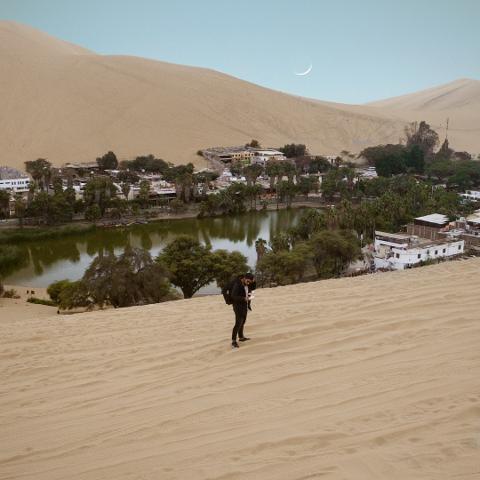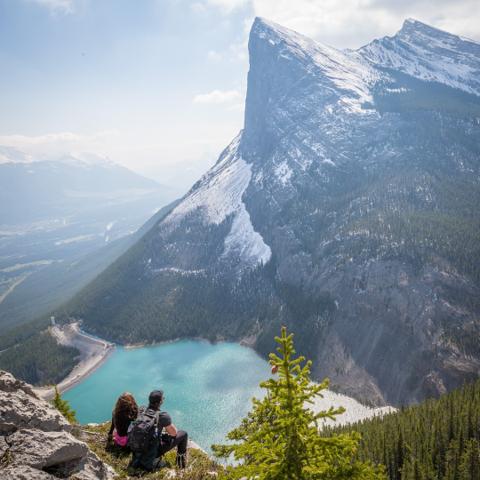Mt. Kilimanjaro
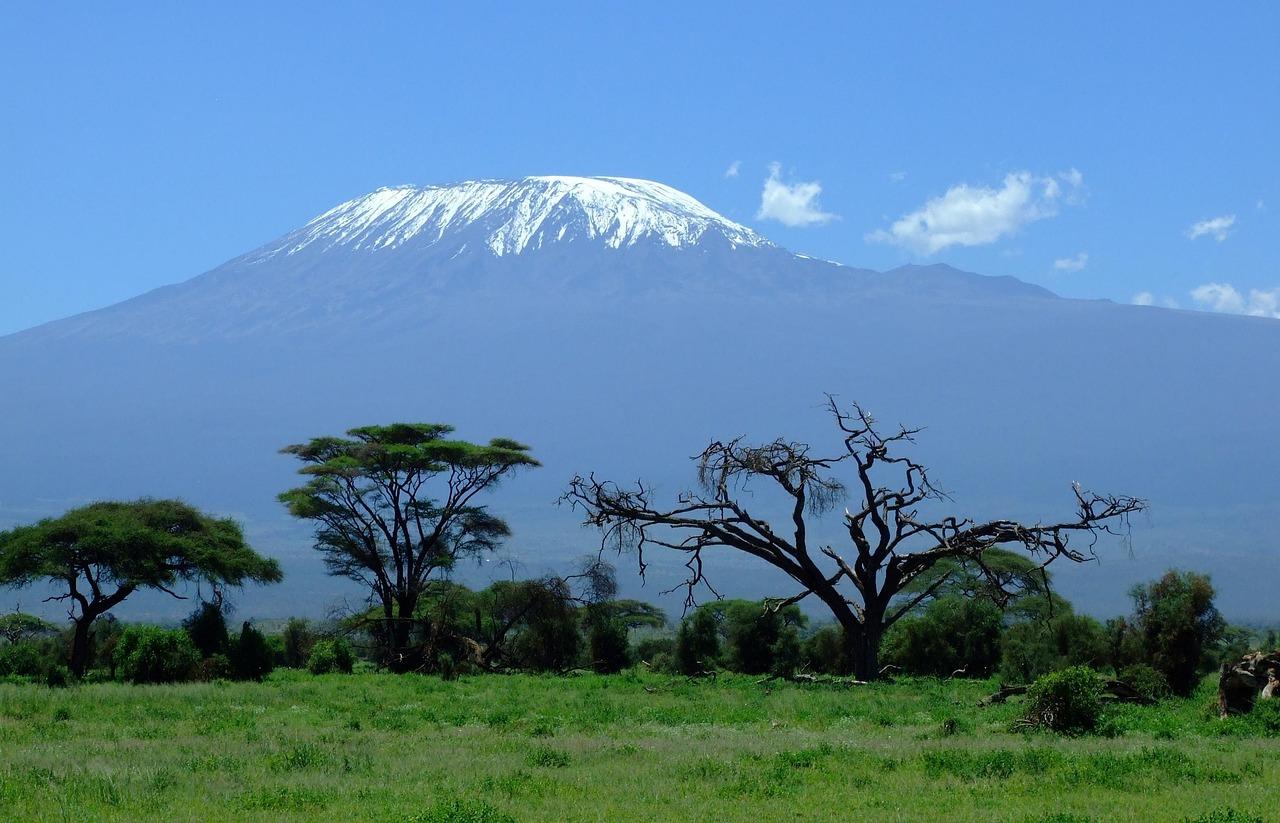
About
"The Roof of Africa" Standing at 5,895 meters (19,341 feet), Mount Kilimanjaro is not only the tallest mountain in Africa but also the highest freestanding peak in the world. Its diverse ecosystems, ranging from lush rainforests to harsh alpine deserts, offer a stunning array of natural beauty. Despite being a challenging climb, it is considered non-technical and is accessible from the nearby towns of Arusha and Moshi, close to Kilimanjaro International Airport. Whether you're a beginner or an experienced climber, the views from both the base and the summit make Mount Kilimanjaro an unforgettable adventure.
Experience The Kilimanjaro
Activities
Am I fit to Climb The Kilimanjaro?
The youngest person to summit Mount Kilimanjaro was just 7 years old, while the oldest was 88. In addition, many individuals with different abilities have successfully reached the top. The key factor for success is having the determination to achieve your goal. While physical fitness is important for a challenging multi-day trek at high altitudes, it's just as crucial to pace yourself. To improve your chances of summiting, avoid rushing. Take your time, walk at a steady pace, and rest often to help prevent altitude sickness.
How Do I?
According to local regulations, every climber must be accompanied by a licensed guide, who works alongside a team of porters responsible for carrying your luggage, food, and essential equipment. They also handle setting up and clearing the campsite, as well as meal preparation and clean-up. It’s important to verify that your guide’s qualifications come from a reputable organization. Choose a company that upholds ethical practices regarding wages and the welfare of porters, like Tenebo Adventures, to ensure a positive trekking experience and promote sustainable tourism.
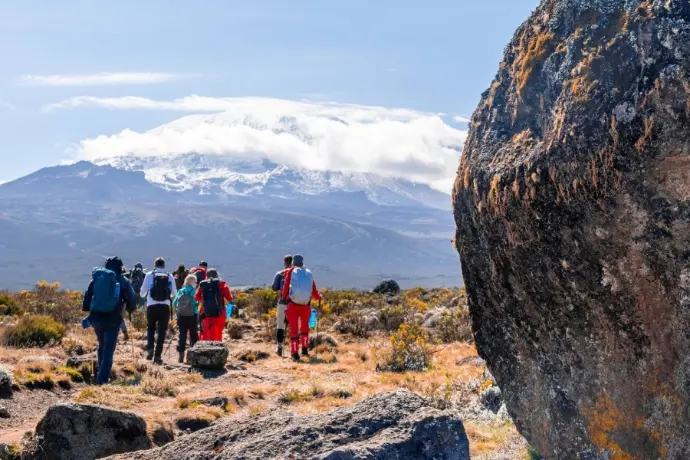
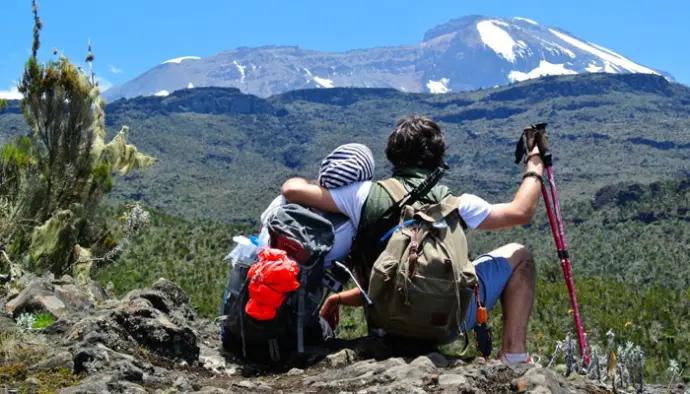
After summiting Kilimanjaro, many climbers choose to unwind or continue their adventure. In Arusha, you can celebrate your success with a night out, exploring the town’s lively restaurants, bars, and entertainment venues. For wildlife enthusiasts, a safari to witness the Big 5 at one of Tanzania's famous wildlife parks is a must. You can also relax and rejuvenate your muscles at the Kikuletwa Hot Springs near Arusha. Alternatively, treat yourself to a beach holiday in Zanzibar, where you can enjoy a blend of fun, culture, and cuisine.
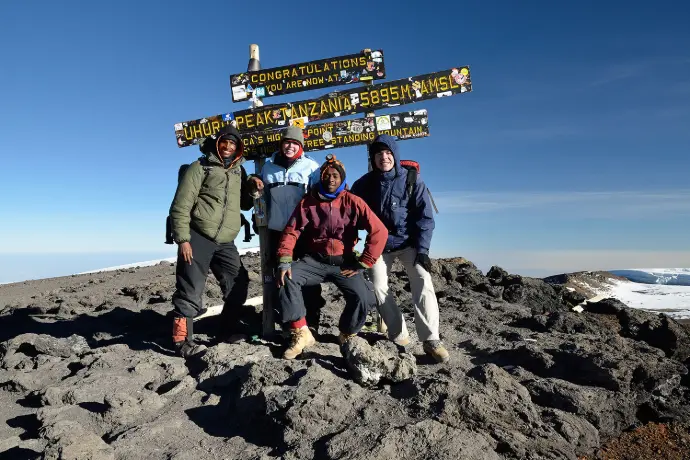
Routine
Typically, you’ll be woken early, around 06:00, with a hearty breakfast served before packing up camp. You’ll receive a packed lunch and begin the day’s trek, taking breaks for lunch along the way. By late afternoon, you'll arrive at the next campsite, where most climbers rest after a satisfying dinner. It’s advisable to bring a dry set of comfortable clothes to wear inside your tent. Keep in mind, there are no toilets or washing facilities on the mountain. Staying hydrated is important, so be sure to drink plenty of fluids throughout the day.
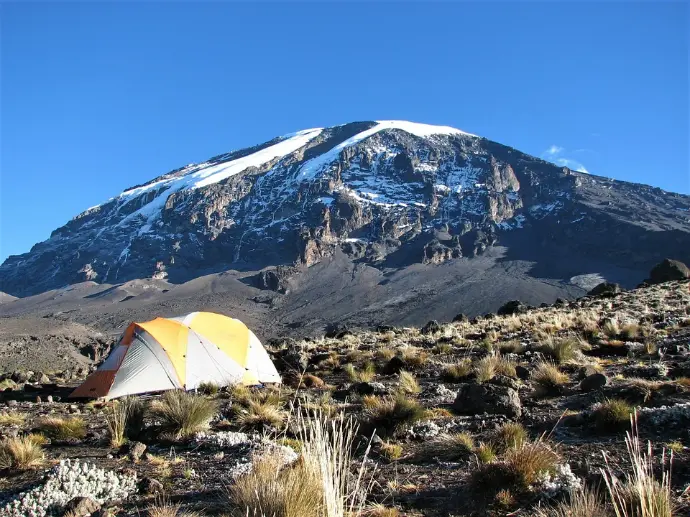
Visiting Timelines
Discover the best times to Visit Lake Manyara.

Dry Season
The sparse vegetation at this time assists with game viewing, and it is considered the best time to visit. Dry season runs from June to October.

'"High Season"
The peak tourist season at Lake Manyara stretches from July to March, with the park becoming busier as the day progresses, especially during the afternoon hours.
The Wet Season
From a scenic viewpoint, the park is at its most vibrant and lush between November and May, when the rains transform the landscape into a rich, green paradise.


